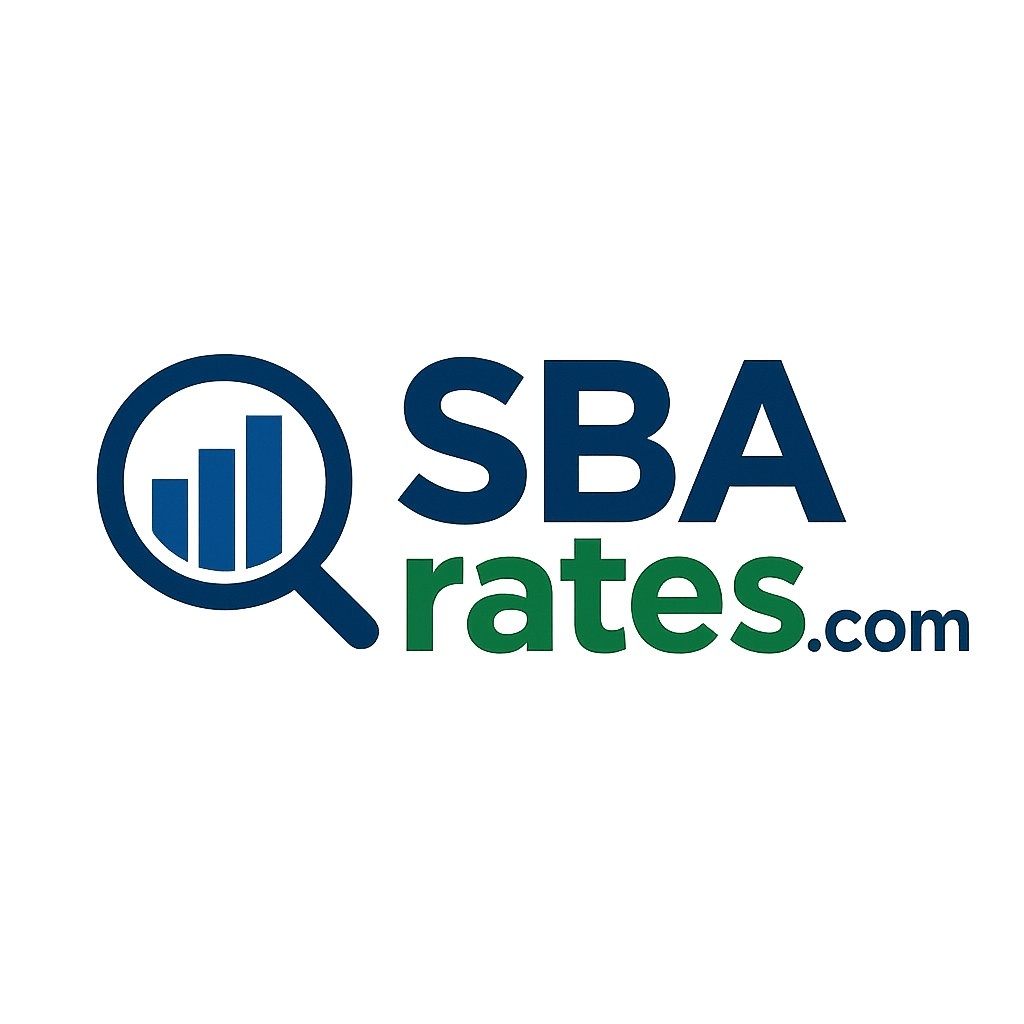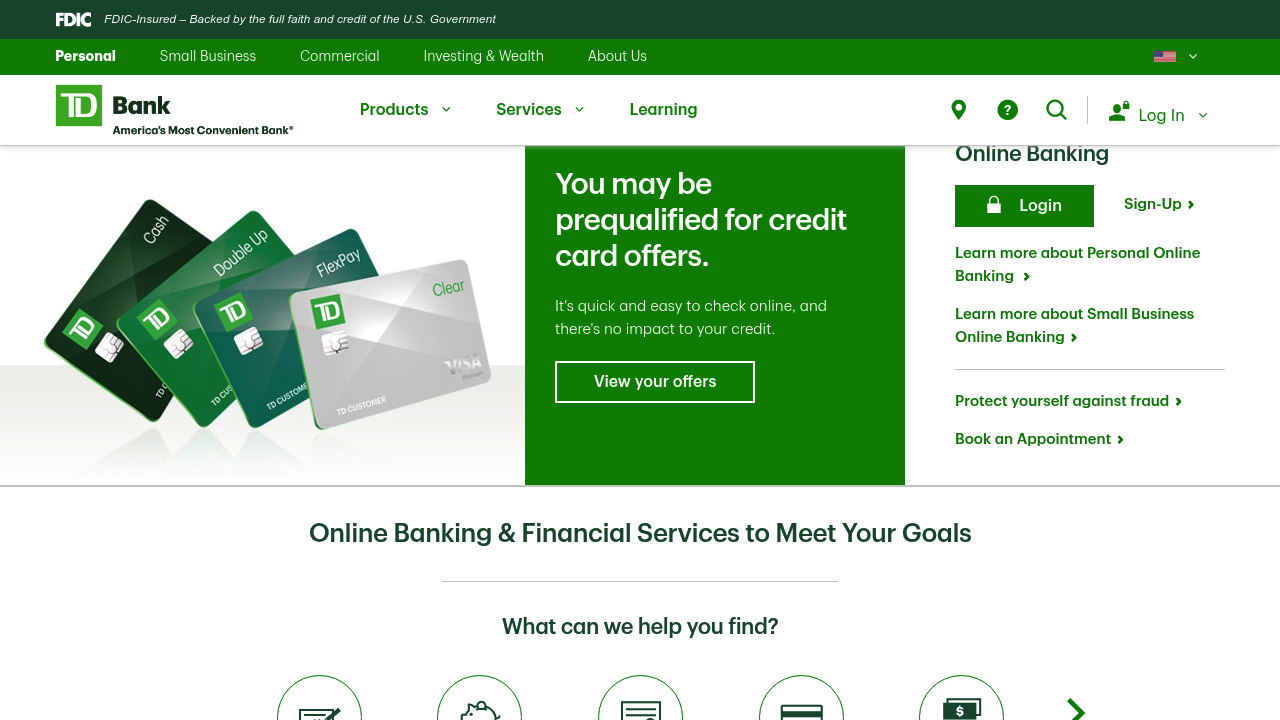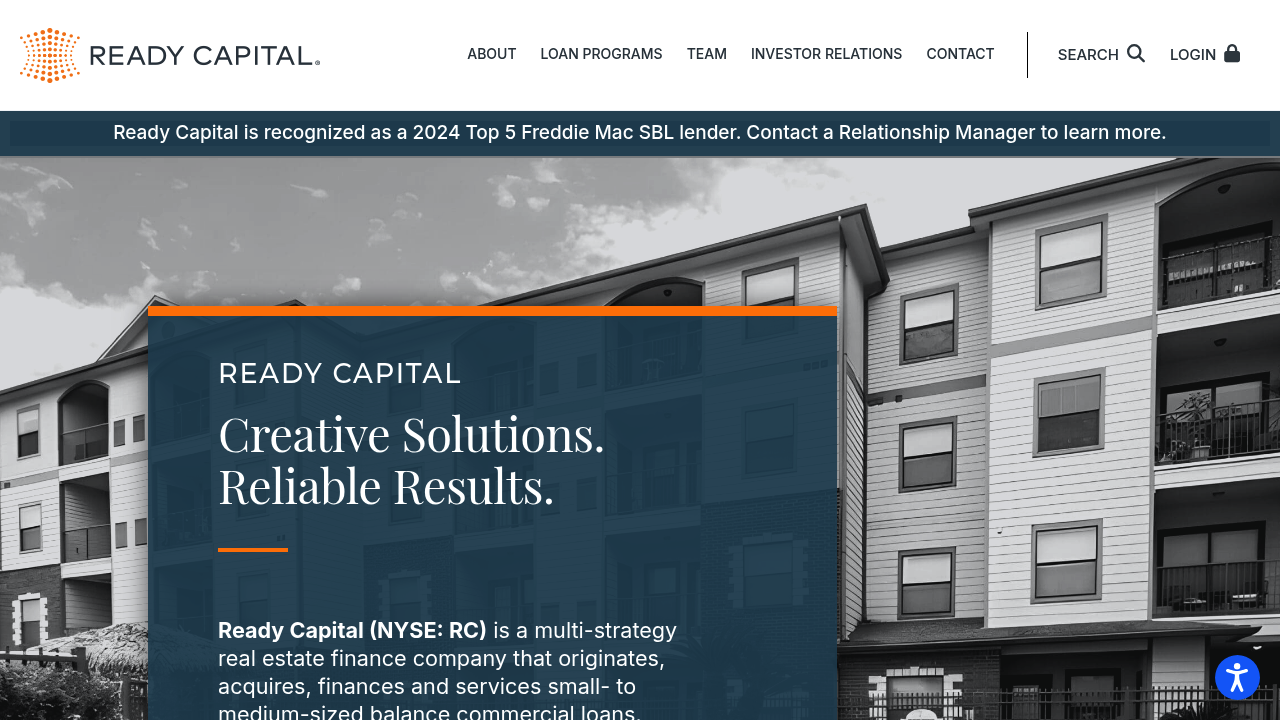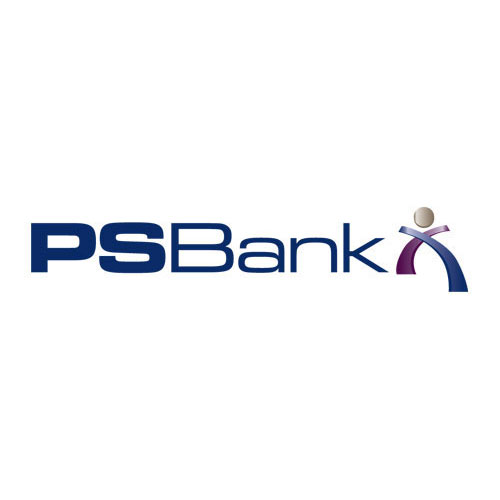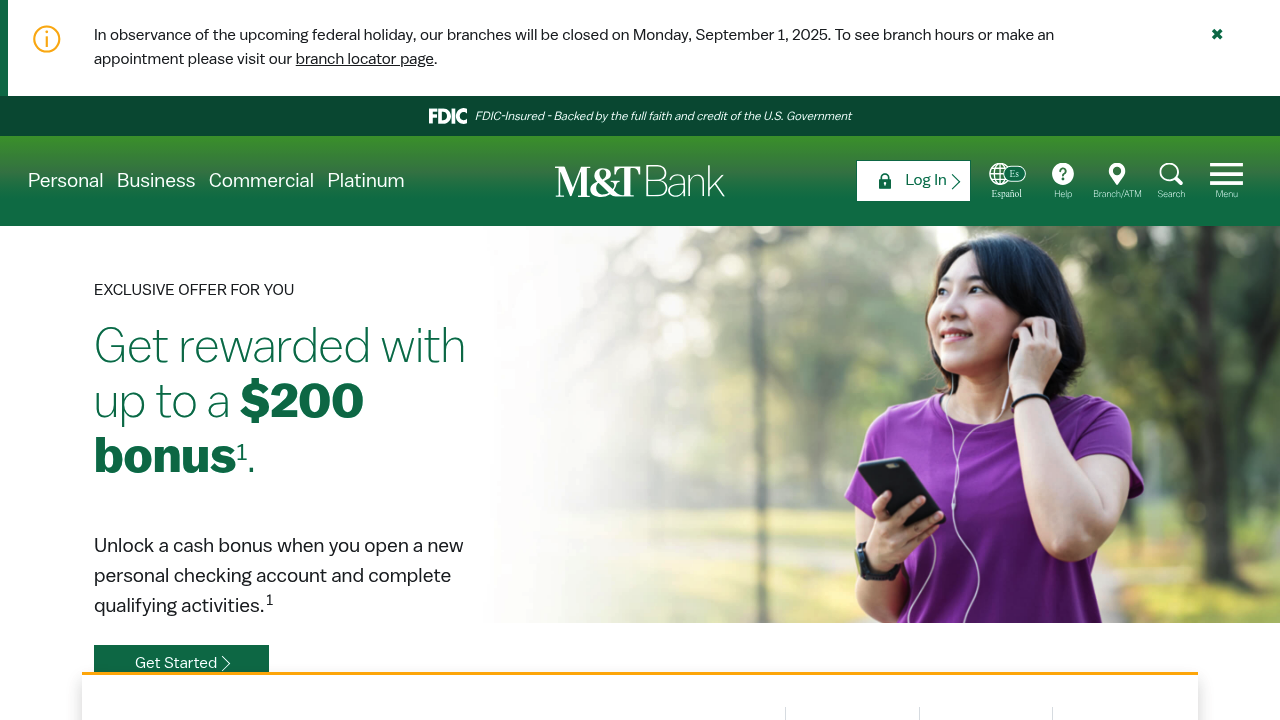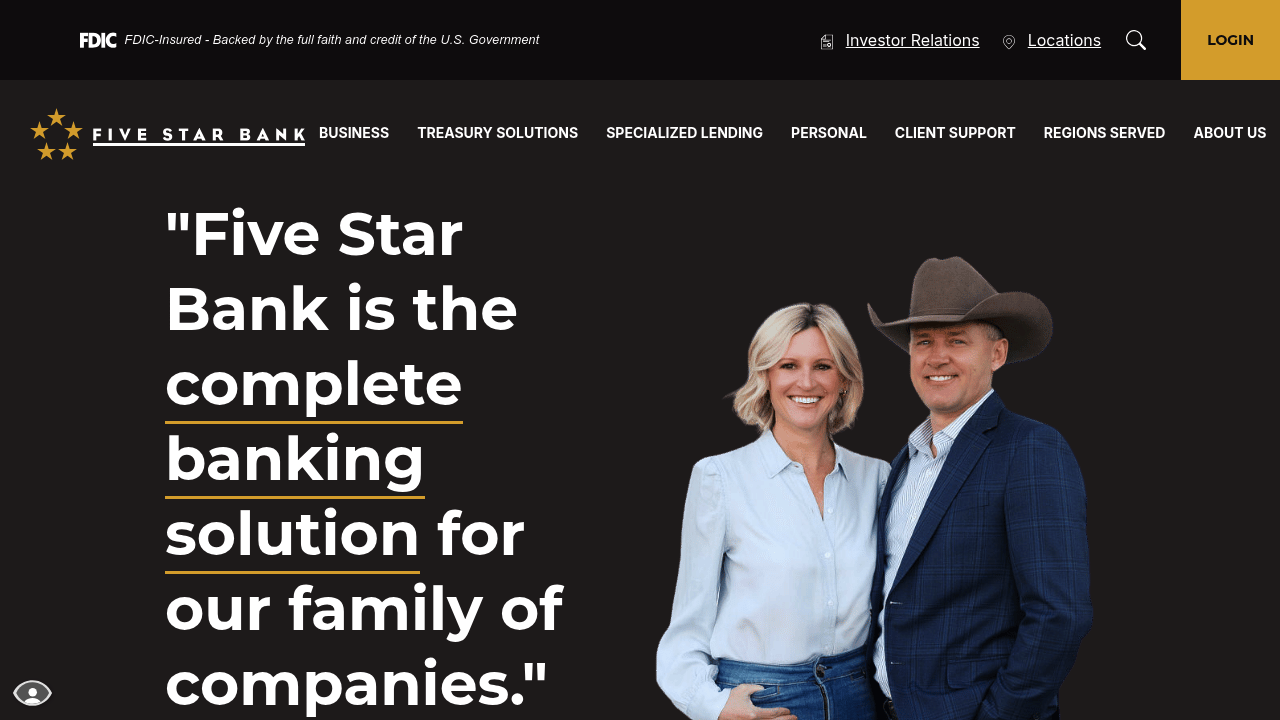Beef Cattle Ranching and Farming
112111
SBA Loans for Beef Cattle Ranching and Farming: Financing Growth in Livestock Operations
Introduction
Beef cattle ranching and farming businesses raise cattle for meat production, providing a vital source of protein to domestic and global markets. Classified under NAICS 112111 – Beef Cattle Ranching and Farming, this industry includes ranchers, feedlots, and cow-calf operations that breed, raise, and sell beef cattle. Despite steady consumer demand, ranchers face challenges such as volatile feed costs, weather risks, land and equipment expenses, and fluctuating beef prices.
This is where SBA Loans for Beef Cattle Ranchers can provide meaningful support. Backed by the U.S. Small Business Administration, SBA loans offer lower down payments, longer repayment terms, and government-backed guarantees. These loans help cattle farmers purchase land, finance feed, repair equipment, expand operations, and stabilize cash flow during market fluctuations.
In this article, we’ll explore NAICS 112111, the financial challenges ranchers face, how SBA loans provide solutions, and answers to frequently asked questions from cattle producers.
Industry Overview: NAICS 112111
Beef Cattle Ranching and Farming (NAICS 112111) businesses typically include:
- Cow-calf operations raising calves for sale or feedlots
- Feedlots fattening cattle for market
- Ranchers managing grazing operations
- Beef production for domestic consumption and export
- Breeding and genetics for herd improvement
This industry is land- and capital-intensive, requiring careful herd management, feed supply, and long-term investment.
Common Pain Points in Beef Cattle Financing
From Reddit’s r/farming, r/ranching, and Quora discussions, ranchers often highlight:
- High Feed Costs – Rising prices for corn, hay, and other feed strain profitability.
- Land and Equipment Expenses – Pastures, fencing, and machinery require major investments.
- Weather and Drought Risks – Droughts and natural disasters affect grazing and feed availability.
- Market Volatility – Beef prices fluctuate with global demand and supply cycles.
- Cash Flow Gaps – Income is seasonal, but expenses such as feed and veterinary care are year-round.
How SBA Loans Help Beef Cattle Ranchers
SBA financing provides affordable, flexible capital that allows ranchers to manage operations, invest in infrastructure, and weather economic cycles.
SBA 7(a) Loan
- Best for: Working capital, feed, or livestock purchases
- Loan size: Up to $5 million
- Why it helps: Provides liquidity to cover seasonal feed and veterinary costs
SBA 504 Loan
- Best for: Land, barns, or large equipment purchases
- Loan size: Up to $5.5 million
- Why it helps: Ideal for long-term investments in ranch property, infrastructure, and equipment
SBA Microloans
- Best for: Small or startup cattle ranchers
- Loan size: Up to $50,000
- Why it helps: Useful for small-scale feed purchases, fencing, or livestock care
SBA Disaster Loans
- Best for: Ranchers impacted by droughts, floods, or market disruptions
- Loan size: Up to $2 million
- Why it helps: Provides recovery funds for damaged property, lost livestock, or emergency needs
Step-by-Step Guide to Getting an SBA Loan
- Check Eligibility – Must be a U.S.-based, for-profit ranching business with good personal credit (typically 650+)
- Prepare Financial Documents – Include tax returns, P&L statements, herd inventory, and land leases
- Find an SBA-Approved Lender – Some lenders specialize in agriculture and livestock financing
- Submit Application – Provide a business plan covering herd management, feed strategy, and market outlook
- Underwriting & Approval – SBA guarantees reduce lender risk. Approval usually takes 30–90 days
FAQ: SBA Loans for Beef Cattle Ranching and Farming
Why do banks often deny loans to cattle ranchers?
Banks may view them as risky due to weather, feed price volatility, and long production cycles. SBA guarantees reduce this risk and improve approval chances.
Can SBA loans finance land and equipment?
Yes. SBA 7(a) and 504 loans can fund pastureland, barns, fencing, tractors, and other equipment.
What down payment is required?
SBA loans typically require 10–20% down, compared to 25–30% for conventional loans.
Are startup ranchers eligible?
Yes. Entrepreneurs with experience, land leases, or herd contracts may qualify for SBA microloans or 7(a) financing.
What repayment terms are available?
- Working capital: Up to 7 years
- Equipment/facilities: Up to 10 years
- Land/ranches: Up to 25 years
Can SBA loans support sustainability and herd expansion?
Absolutely. Many ranchers use SBA financing to expand grazing land, invest in feed efficiency, and pursue sustainable ranching practices.
Final Thoughts
The Beef Cattle Ranching and Farming industry is the backbone of U.S. protein production but faces financial challenges tied to feed costs, land investment, and market volatility. SBA Loans for Cattle Ranchers provide affordable, flexible financing to stabilize operations, expand herds, and invest in long-term growth.
Whether you operate a small ranch or a large feedlot, SBA financing can help support your operations. Connect with an SBA-approved lender today and explore your funding options under NAICS 112111.
Filters
Tags
#Preferred Lenders Program
#SBA Express Program
#Existing or more than 2 years old
#Startup
#Loan Funds will Open Business
#Change of Ownership
#New Business or 2 years or less
#7a General
#Variable Rates
#Fixed Rates
#Asset Base Working Capital Line (CAPLine)
#International Trade Loans
#Export Express
#7a with WCP
#Contract Loan Line of Credit (CAPLine)
#7a with EWCP
#Preferred Lenders with WCP
#Preferred Lenders with EWCP
#Seasonal Line of Credit (CAPLine)
#Builders Line of Credit (CAPLine)
